#astronomy
Text
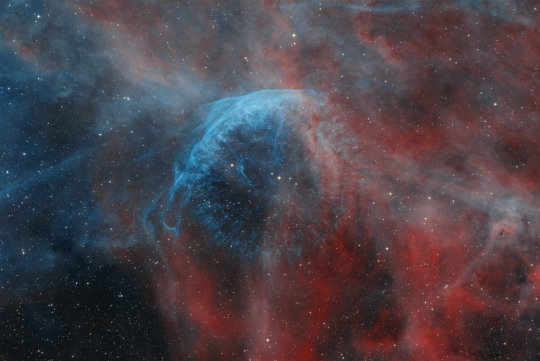
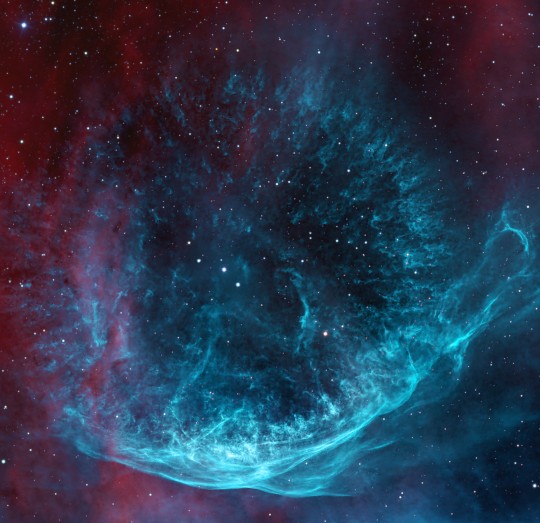
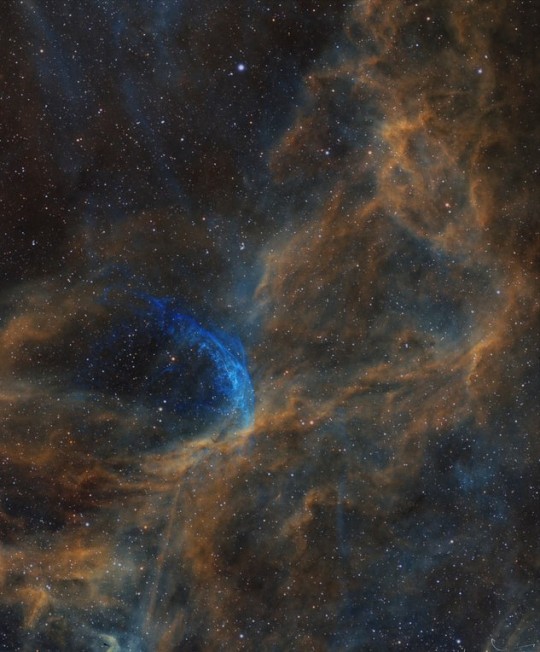
WR 134, Cygnus
1K notes
·
View notes
Text
EEOC Sexual Assault Lawsuit
I was sexually assaulted at my job repeatedly. I need help getting an employment lawyer to take my case. If you can spare anything I would be eternally grateful. Thank you.
Direct Aid:
CA: $Enyasaint

#pride#gay#art history#asexual#astronomy#astrophotography#ateez#attack on titan#auspol#authors#avengers#baby animals#baking#barbie#batman#beauty#bedroom#bespoke#bibliophile#biology
253 notes
·
View notes
Text
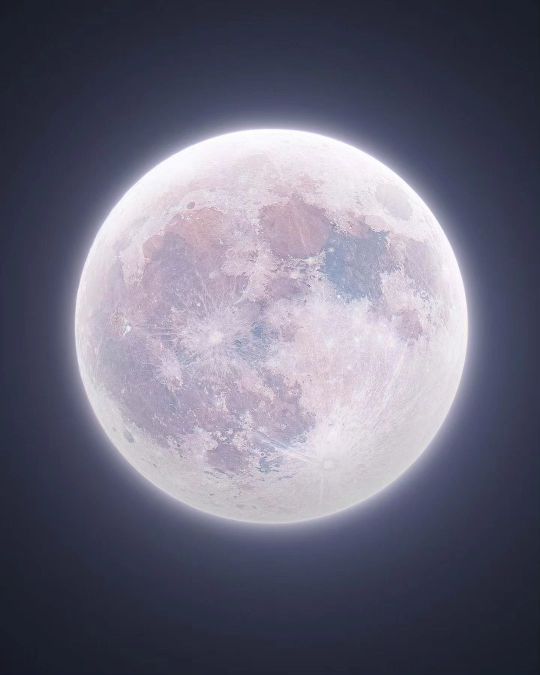
Luna, Earth's only natural satellite ©
#moon#full moon#space#astrophotography#nasa#stars#night sky#solar system#earth#astronomy#galaxy#planet#flower moon
367 notes
·
View notes
Text
#poll#random polls#random poll#poll time#my polls#tumblr polls#polls#tumblr poll#polls on tumblr#hobby#creative#hobbies#collection#anime collecting#stamp collecting#scrapbook#scrapbooking#wilderness survival#fact check#fact checking#astronomy#engineering#technology#gardening#ceramics#video games#gaming#videogame#games#video gaming
224 notes
·
View notes
Text

#wallpapers#free wallpaper#astronomy#nasa#astronomers#universe#astrophotography#nasa photos#astrophysics#outer space#nasawebb#hubble space telescope#i love astronomy#astronomy facts#astrography#space travel#our universe#international space station#space science#space exploration#nasa science#science facts#planetary science#astronauts#planetary nebula#nasaastronaut#nasa picture of the day#nasa jpl#deep sky#sky photography
107 notes
·
View notes
Text

A Lunar Corona over Paris via NASA APOD
#cloudy moon#colorful#moon#lunar corona#space#nasa#apod#astrophotography#astronomy#universe#france#paris#earth#planets#solar system
113 notes
·
View notes
Text
Roughly 1,000 light-years from Earth, there is a cosmic structure known as IRAS 23077+6707 (IRAS 23077) that resembles a giant butterfly.
Ciprian T. Berghea, an astronomer with the US Naval Observatory, originally observed the structure in 2016 using the Panoramic Survey Telescope and Rapid Response System (Pan-STARRS). To the surprise of many, the structure has remained unchanged for years, leading some to question what IRAS 2307 could be.
Recently, two international teams of astronomers made follow-up observations using the Submillimeter Array at the Smithsonian Astrophysical Observatory (SAO) in Hawaii to better understand IRAS 2307.
Continue Reading.
#Science#Space#Astronomy#Physics#Astrophysics#Planetary Science#Stars#Protoplanetary Disks#IRAS 23077
102 notes
·
View notes
Text
Mariner program
The Mariner program was conducted by the American space agency NASA to explore other planets. Between 1962 and late 1973, NASA's Jet Propulsion Laboratory (JPL) designed and built 10 robotic interplanetary probes named Mariner to explore the inner Solar System - visiting the planets Venus, Mars and Mercury for the first time, and returning to Venus and Mars for additional close observations.

The program included a number of interplanetary firsts, including the first planetary flyby, the planetary orbiter, and the first gravity assist maneuver. Of the 10 vehicles in the Mariner series, seven were successful, forming the starting point for many subsequent NASA/JPL space probe programs.
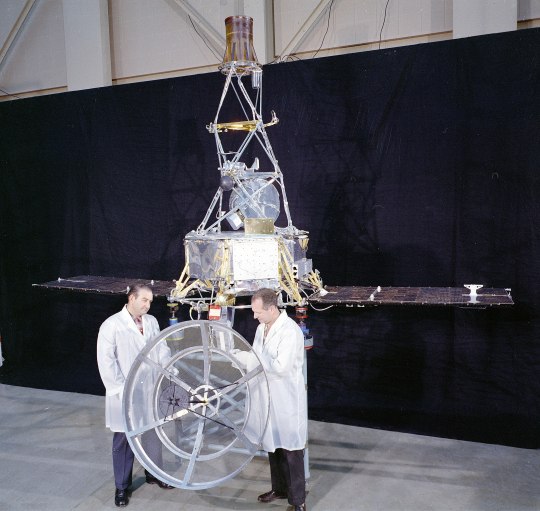
The name of the Mariner program was decided in "May 1960-at the suggestion of Edgar M. Cortright" to have the "planetary mission probes ... patterned after nautical terms, to convey 'the impression of travel to great distances and remote lands.'" That "decision was the basis for naming Mariner, Ranger, Surveyor, and Viking probes."

Each spacecraft was to carry solar panels that would be pointed toward the Sun and a dish antenna that would be pointed at Earth. Each would also carry a host of scientific instruments. Some of the instruments, such as cameras, would need to be pointed at the target body it was studying. Other instruments were non-directional and studied phenomena such as magnetic fields and charged particles. JPL engineers proposed to make the Mariners "three-axis-stabilized," meaning that unlike other space probes they would not spin.

Mariner 1 and Mariner 2
Mariner 1 and Mariner 2 were two deep-space probes making up NASA's Mariner-R project. The primary goal of the project was to develop and launch two spacecraft sequentially to the near vicinity of Venus, receive communications from the spacecraft and to perform radiometric temperature measurements of the planet. A secondary objective was to make interplanetary magnetic field and/or particle measurements on the way to, and in the vicinity of, Venus.

Animation of Mariner 2's trajectory from August 27, 1962, to December 31, 1962. Mariner 2 · Venus · Earth.
Mariners 3 and 4
Sisterships Mariner 3 and Mariner 4 were Mars flyby missions.
Mariner 3 was launched on November 5, 1964, but the shroud encasing the spacecraft atop its rocket failed to open properly and Mariner 3 did not get to Mars.
Mariner 4, launched on November 28, 1964, was the first successful flyby of the planet Mars and gave the first glimpse of Mars at close range
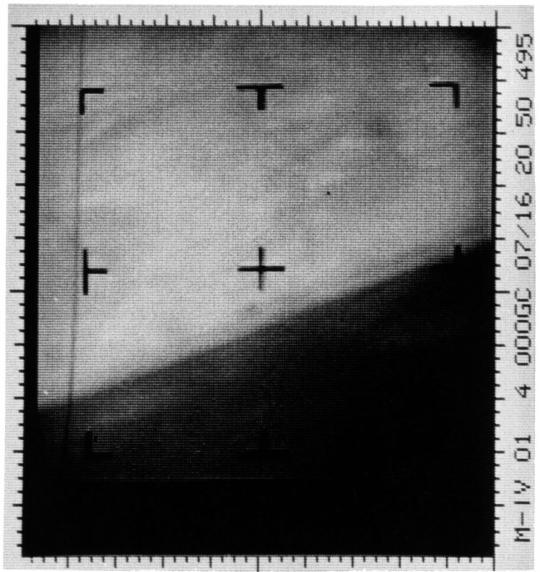
This archival image is an enhanced contrast version of the first Mars photograph released on July 15, 1965. This is man's first close-up photograph of another planet -- a photographic representation of digital data radioed from Mars by the Mariner 4 spacecraft. Data was either sent to Earth immediately for acquisition or stored on an onboard tape recorder for later transmission.
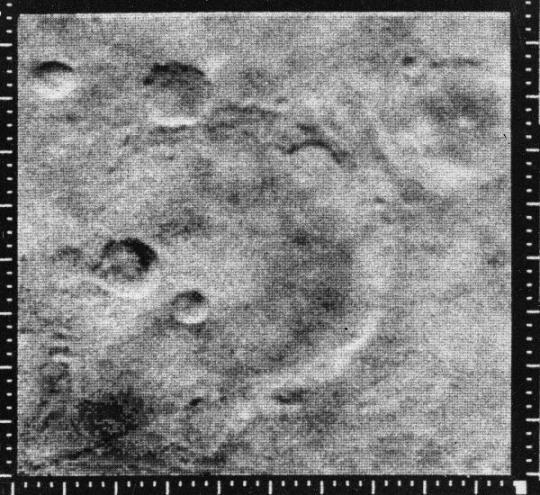
The pictures, played back from a small tape recorder over a long period, showed lunar-type impact craters (just beginning to be photographed at close range from the Moon), some of them touched with frost in the chill Martian evening.
Mariner 5
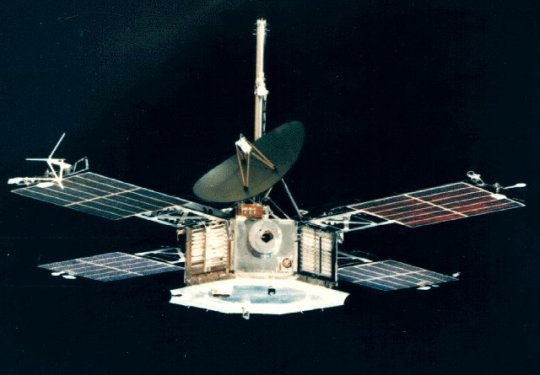
The Mariner 5 spacecraft was launched to Venus on June 14, 1967, and arrived in the vicinity of the planet in October 1967. It carried a complement of experiments to probe Venus' atmosphere with radio waves, scan its brightness in ultraviolet light, and sample the solar particles and magnetic field fluctuations above the planet.
Mariners 6 and 7
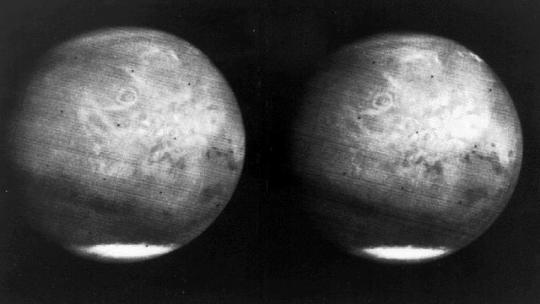
Mariners 6 and 7 were identical teammates in a two-spacecraft mission to Mars. Mariner 6 was launched on February 24, 1969, followed by Mariner 7 on March 21, 1969. They flew over the equator and southern hemisphere of the planet Mars.
Mariners 8 and 9
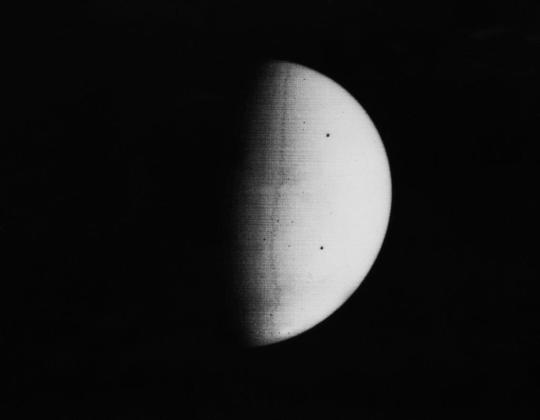
Mariner 8 and Mariner 9 were identical sister craft designed to map the Martian surface simultaneously, but Mariner 8 was lost in a launch vehicle failure. Mariner 9 was launched in May 1971 and became the first artificial satellite of Mars.
Mariner 10

The Mariner 10 spacecraft launched on November 3, 1973, and was the first to use a gravity assist trajectory, accelerating as it entered the gravitational influence of Venus, then being flung by the planet's gravity onto a slightly different course to reach Mercury. It was also the first spacecraft to encounter two planets at close range, and for 33 years the only spacecraft to photograph Mercury in closeup.
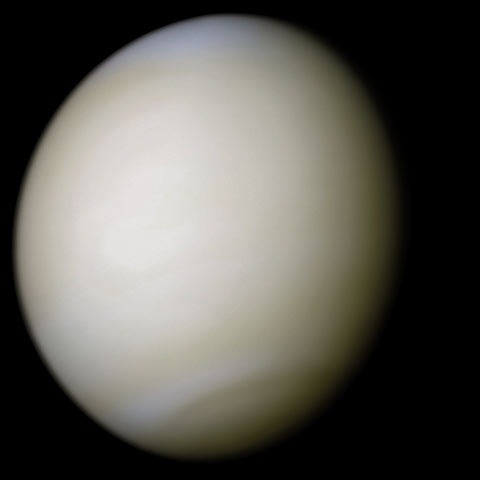
Venus in real colors, processed from clear and blue filtered Mariner 10 images

Mariner 10's photograph of Venus in ultraviolet light (photo color-enhanced to simulate Venus's natural color as the human eye would see it)

This mosaic shows the planet Mercury as seen by Mariner 10 as it sped away from the planet on March 29, 1974.
source x, x | images x
#mercurio#mercury#venus#mars#marte#astronomy#astronomia#space#solarsystem#sistemasolar#universe#universo#mariner#mission#space exploration
94 notes
·
View notes
Text

Astrology tricks and tips..
๑ if you want to know about your spouse's profession make your vedic chart check your seventh house ruler and find that ruler in your d9 check which sign is there and that sign will tell about your future spouse's profession. This is scarily accurate...
๑ if you want to know about your future spouse's physical appearance check your seventh house ruler then search that planet's physical appearance for fs nature etc..
๑ if you are making asteroid chart (synastry,natal etc) and want to know about their aspect meanings ask ai(you can use Meta ai too cause it's easy)
๑ do you know that there are many astrology/psychic ai on Google lol do check them out.
๑ if you want to know the accurate result of anything for example in which profession you're really gonna be in or who really your life partner is gonna be or gonna be like..then make ascendant persona chart add asteroid groom(5129) for knowing your life partner. If you want to know about your profession check asteroid industria (389) or enterprise (9777) in ascendant pc.
Asteroid groom(5129) for females
Asteroid briede(19029) for males.
๑ check Jupiter for husband and Venus for wife in ascendant persona chart it will tell you about your spouse's nature or how they will be with you.
๑ make ascendant persona chart and add asteroid boda(1487) to see about your actual wedding day.
๑ Vedic chart is the most accurate one.. so if you want to know something accurately check vedic chart.
#astro notes#astro community#astrology#astrology readings#synastry observation#astrology tumblr#zodiac observations#signs#astro observations#astronomy#love#predictions#planet earth#birth chart
68 notes
·
View notes
Text
#indirectas#handsome#concept playlist#soft cnc#liz gillies#anastasia lux#alexis ren#astronomy#fatass#microbiology#raven tracy
122 notes
·
View notes
Text
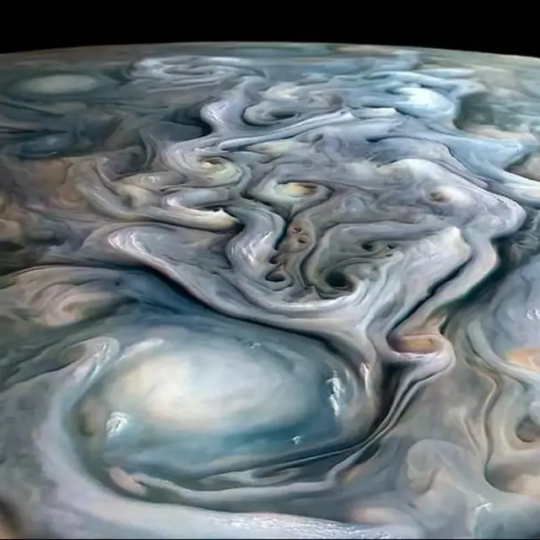

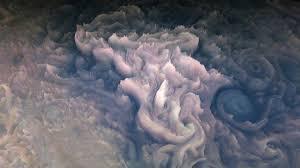
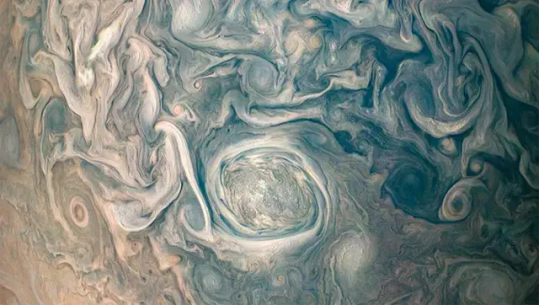
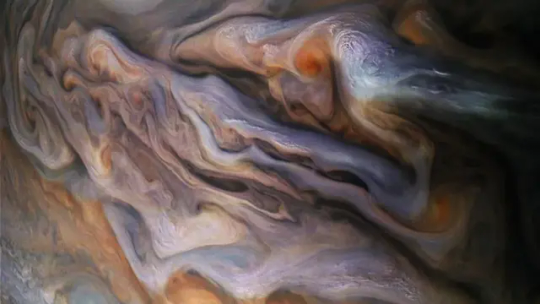

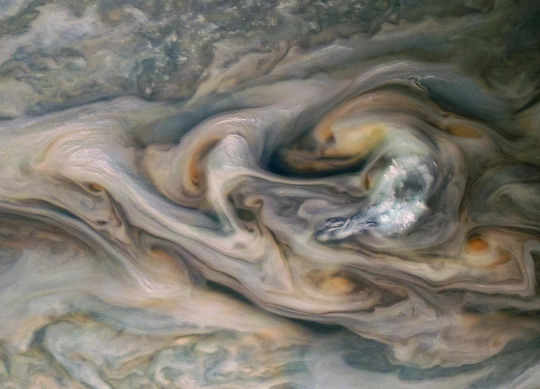
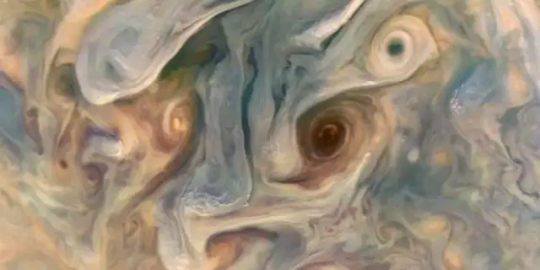
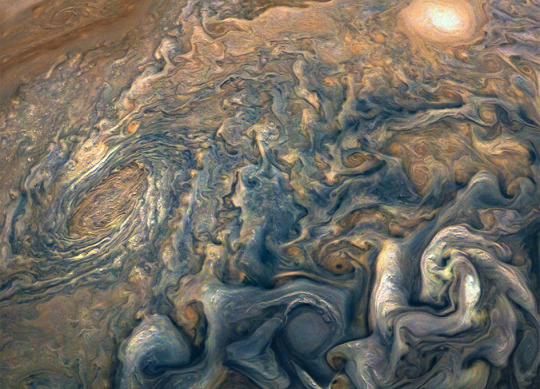
Clouds of Jupiter
625 notes
·
View notes
Text
#astronomy#microbiology#alternative rock#kylux#black is beautiful#girlblogger#hannah snowdon#joshler#anonymous#1920s#yancore#santana lopez
124 notes
·
View notes
Text

IC 1795 Fishhead in Cassiopeia ©
#fishhead nebula#space#astrophotography#nasa#apod#stars#night sky#solar system#astronomy#planet#universe#cosmos#galaxy
145 notes
·
View notes
Text

M81 Galaxy.
Credit: NASA/JPL-Caltech/ESA/Harvard-Smithsonian CfA.
#space#science#nature#astronomy#Universe#Cosmos#Astrophotography#NASA#astro community#outer space#astrophysics#cosmology#hubble space telescope#galaxy#spitzer
40 notes
·
View notes
Text
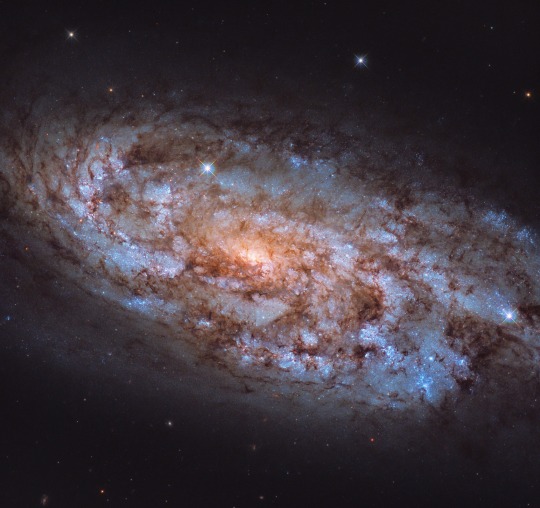

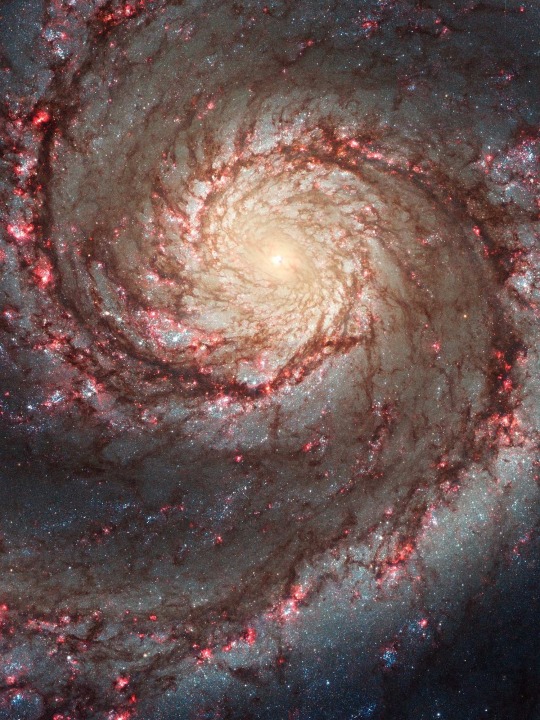
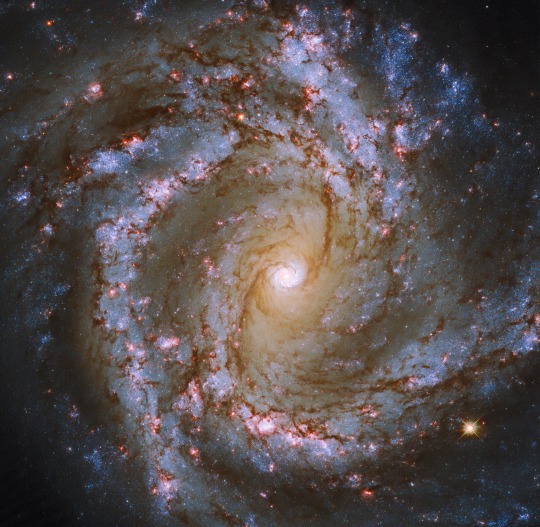

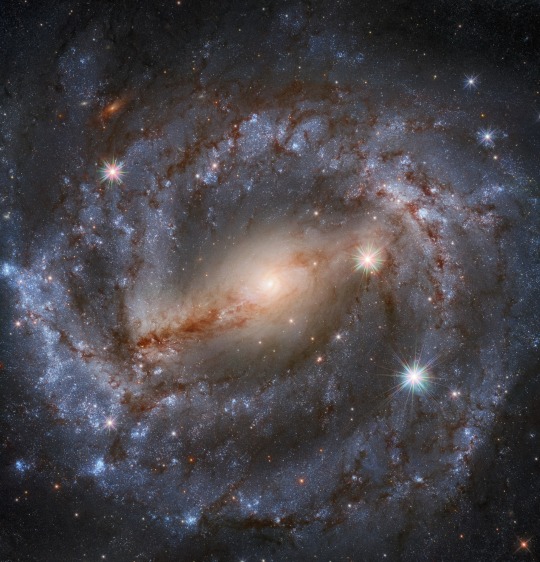
New Galaxy shots! Beautiful! What a mysterious beautiful universe we have.
#globular cluster#galaxies#galaxia#galaxy#astronomy#nasa#astronomers#universe#astrophotography#nasa photos#astrophysics#outer space#nasawebb#hubble space telescope#international space station#space science#space exploration#space#jwst#hubble#nasa science#science facts#planetary science#science#i love astronomy#astronomy facts#astrography#our universe#outer solar system#solar system
68 notes
·
View notes
